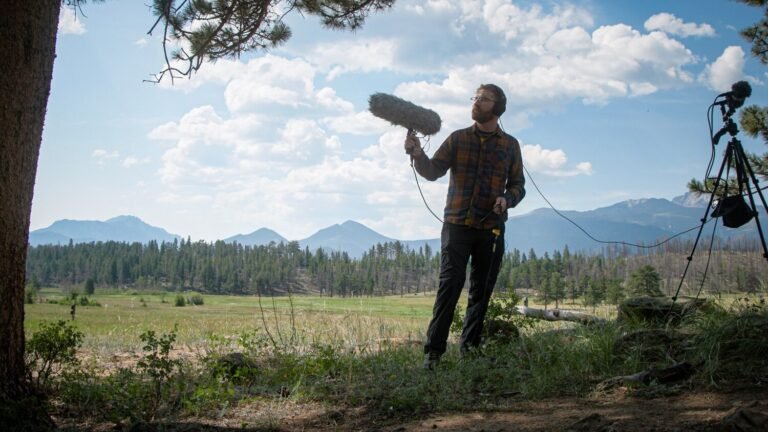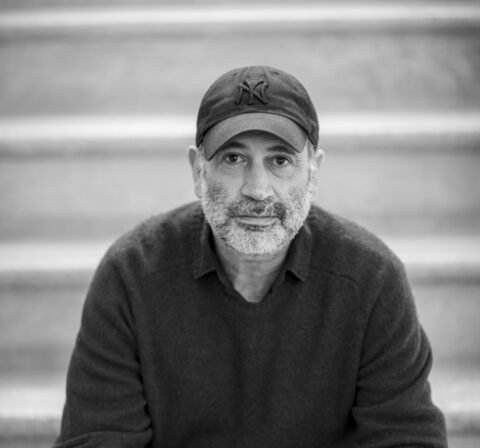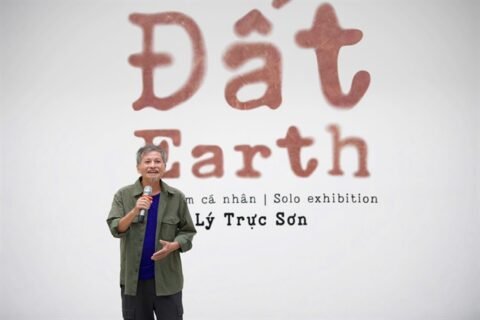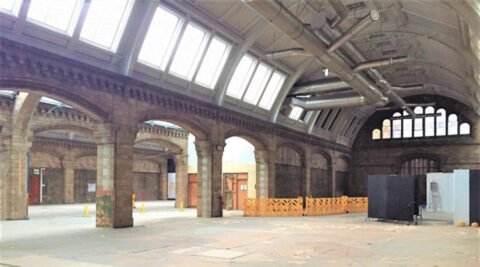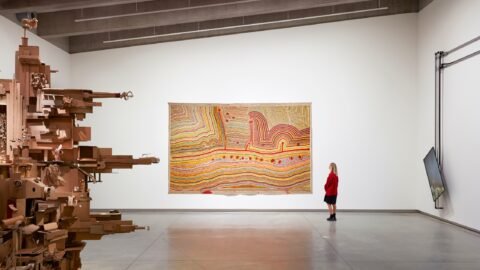“We’re used to a step being pretty quiet, but you hear how much noise it actually makes in vibration underground,” he said.
He wants more people to think about what they’re hearing. After spending two weeks at the park, he had one main observation.
“It’s just so busy, and there’s so much constant road noise,” he said. “Not that that’s bad. People should come and enjoy it, but just thinking about what impact does that have on the soundscape?”
Rocky Mountain’s picturesque landscapes, unique biodiversity, and close proximity to Denver have made it the nation’s fifth-most-visited park, with about four million visitors annually in the past decade.
While visitors are enjoying Rocky Mountain, they’re also leaving a detrimental footprint. The park needs to spend more than $200 million on repairs and upgrades — the most of any national park in Colorado. The money would be used for trail maintenance, additional parking, and sewer improvements.
While park officials have found some solutions to managing the influx of people — like a timed entry system — Coppola said it’s a difficult balancing act.
“We want these places to continue to be celebrated and accessible, but then we also want to protect the park,” she said, “The park staff and the morale was really impacted by overcrowding, by not having those, like, rich interactions with people that rangers trained to do.”
Yet artists have painted and photographed these crown jewels for more than 150 years and even played a big role in their protection.
“Artists like Thomas Moran and William Henry Jackson actually produced artwork that helped inspire Washington D.C. to establish parks like Yellowstone and other early national parks,” said Shari Orr, the program manager of the Volunteers-In-Parks program with the National Park Service, which oversees the Artist-In-Residence program.
Rocky Mountain’s program is one of the oldest, beginning in 1984. Selected artists stay at a cabin in the park for two weeks. They host community programs, work on their art, and engage with the public.
“We want to help people understand more about the resources that we’re protecting, whether that’s natural spaces, cultural spaces, historic spaces, and we want them to walk away with a meaning that’s personal to them,” Orr explained.
It doesn’t matter if the artist makes quilts, creates a comedy sketch, or writes a recipe book. Orr said such creative mediums amplify a message of conservation in ways that are more transformative than reading a park sign.
“You’re really going from visitor to, like, a steward of this resource and of this special place,” she said. “(We hope) that they’re walking away hopefully a more informed person and maybe a better person because of those reflections that they’ve had.”
That’s what Joe Norman wants to do. He’s a Loveland-based steel sculptor who was also selected for a residency.
Many of his works feature two pictures or words that are mixed together but distinct from a certain angle. From one side, you may see the word “rage.” Walk to the other side, and you see the word “hope.”
“If I had to summarize it (my art) in one word, it would be the word, ‘And,’” he said. “I like the idea of making sculptures that have more than one thing in them, to say, there’s a spectrum in this idea.”

